Egri Bikavér
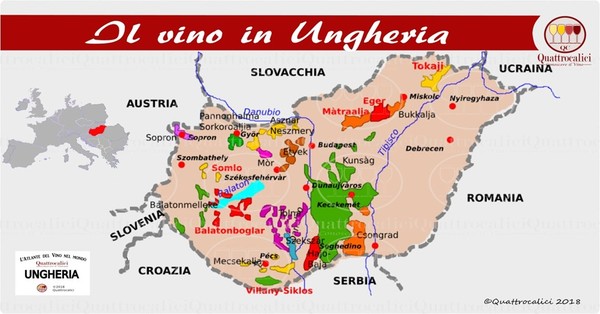
[아츠앤컬쳐] 에게르는 헝가리 북부에 위치한 도시로, 같은 이름의 지류를 따라 위치하고 있다. 이 지류는 중동부 유럽의 주요 강인 티사강의 지류이며, 티사강은 세르비아 보이보디나 지역의 한 마을에서 웅장한 다뉴브강으로 흘러든다. 에게르라는 이름의 유래는 명확하지 않지만, 아마도 이 지역 하천변에 무성하게 자생하던 오리나무(헝가리어로 éger)에서 비롯되었을 것으로 보인다.
에게르는 온천과 바로크 양식의 건축물로 잘 알려져 있지만, 오스만 제국의 두 차례 공성전을 겪은 역사와 이를 통해 탄생한 헝가리의 유명한 레드와인의 전설로도 유명하다.
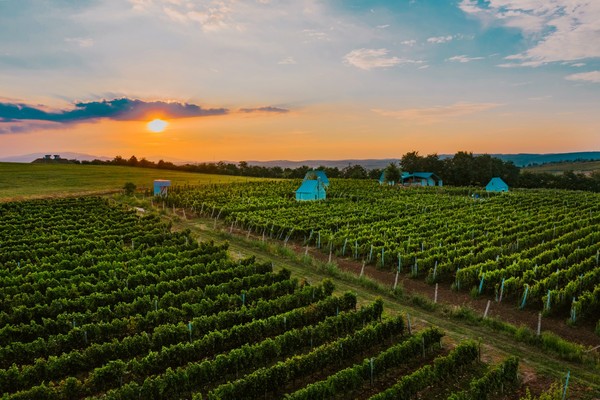
1552년에 있었던 에게르 공성전 당시, 오스만 제국 군대는 대규모 병력을 보유하고 있었으나, 에게르의 중세 성을 방어하던 2,500여 명의 병사, 농민, 여성들은 이에 맞서 성에 바리케이드를 세우고 저항했다. 전설에 따르면, 터키군을 이끄는 아흐메드 파샤의 군대가 여러 차례 공격을 가하는 동안, 에게르성의 지휘관 이슈트반 도보는 지하 저장고를 열어 저장된 레드와인을 병사들과 농민들에게 아낌없이 제공하며 사기를 북돋았다. 지칠 대로 지친 그들은 목이 말라 벌컥벌컥 와인을 마셨고, 와인은 그들의 얼굴과 수염 위로 흘러내렸다. 이를 본 터키 군대는 헝가리인들의 얼굴과 옷에 묻은 붉은 액체를 황소의 피(헝가리어로 bikavér)로 오인하며 두려움을 느꼈고, 결국 헝가리인들은 이들의 공격을 막아낼 수 있었다.
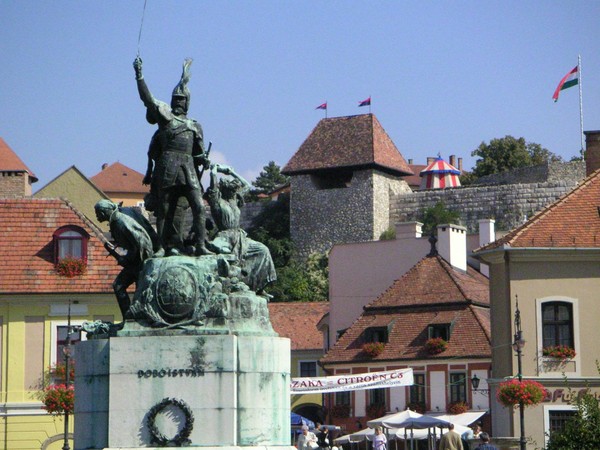
그러나 이 흥미로운 이야기는 이슈트반 도보와 그의 동료들의 영웅적인 저항을 설명하는 여러 이유 중 하나일 뿐이다. 또한, 에게르 공성전 이후 거의 300년이 지나서야 이 지역의 레드와인에 대한 첫 번째 기록이 발견되었다. 헝가리 시인 게자 가르도니는 1899년 소설 ‘에그리 칠라고크(Egri Csillagok, 에게르의 별)’에서 에게르성 수비대의 수염에 묻은 붉은 와인을 언급했다. 하지만 그보다 앞서 1846년, 또 다른 헝가리 시인 야노시 거러이는 시 ‘섹사르디 보르에네크(Szekszárdi Borének, 섹사르드 와인 송가)’에서 비카베르라는 이름을 언급하며 와인 색깔이 “황소의 피”와 같다고 말하고 그 맛을 칭송했다.
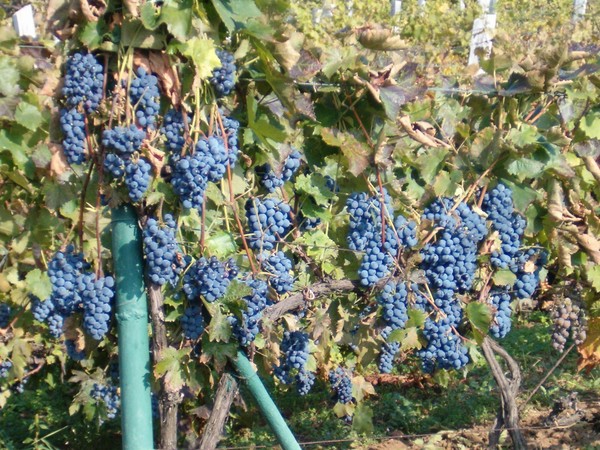
오늘날에도 에게르 지역과 헝가리 남부 섹사르드 지역에서 에그리 비카베르(에게르의 황소의 피) 와인이 생산되고 있다. 이 와인은 주로 블라우프란키쉬(헝가리어로 Kékfrankos) 포도로 만들어지며, 카다르카, 케코포르토(블라우어 포르투기저), 피노 누아, 카베르네 소비뇽, 츠바이겔트 등의 포도가 소량 혼합된다.
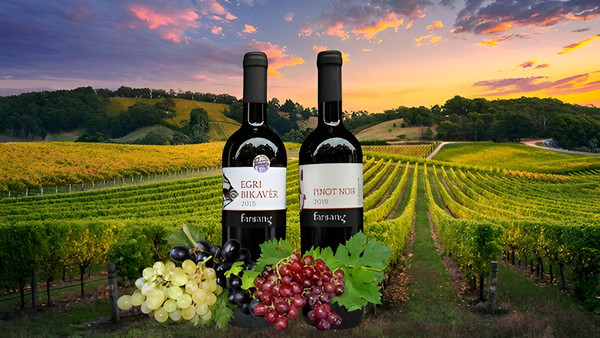
에그리 비카베르 와인은 복합적인 풍미와 향을 지니고 있으며, 풍부한 향신료와 과일의 특성에 높은 산도와 뛰어난 미네랄을 함유하고, 오크의 힌트, 중간 정도의 탄닌이 있다. 숙성될수록 바디감이 풍부해지고 풍미가 더욱 오래 지속되는 특징이 있다.
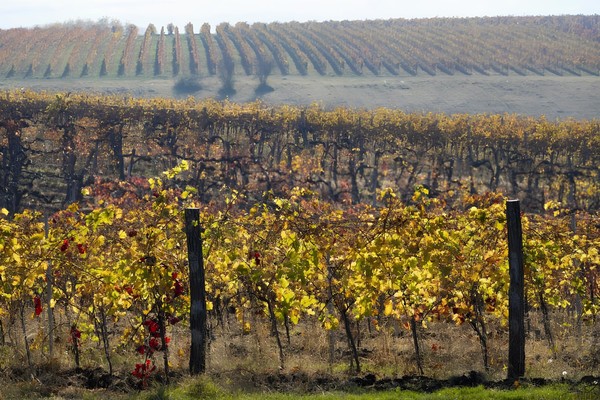
Egri Bikavér
Eger is a town in northern Hungary located along a watercourse of the same name that is a tributary of the Tisza, an important river in Central-Eastern Europe which in turn flows into the majestic Danube River near a village in the Serbian region of Vojvodina. The origin of this town’s name is unknown, but it probably derives from the alder trees, éger in Hungarian, that grew abundantly along the banks of its watercourse.
Eger is known for its thermal baths and baroque buildings, but it is also famous for having suffered two sieges by the Ottoman Turks, one of which gave rise to the legend of a renowned Hungarian red wine.

This siege of Eger took place in 1552. The Ottoman Turks army was quite numerous, while just over 2500 people, soldiers, peasants and women had barricaded in defense of the town’s medieval castle. Legend has it that during the various assaults conducted by the troops of the Turkish leader Ahmed Pasha, the captain of the Eger castle, István Dobó, opened the cellars and generously served the red wine that was stored there to the soldiers and the peasants who were all exhausted from the continuous fights to cheer them up. They were very thirsty and in their eagerness to drink, the red wine ran down their faces all over their beards. The Turkish troops became fearful when they saw the red liquid on the faces and clothes of the Hungarians, assuming it was bull’s blood, bikavér in Hungarian, and so the latter managed to repel their assaults.
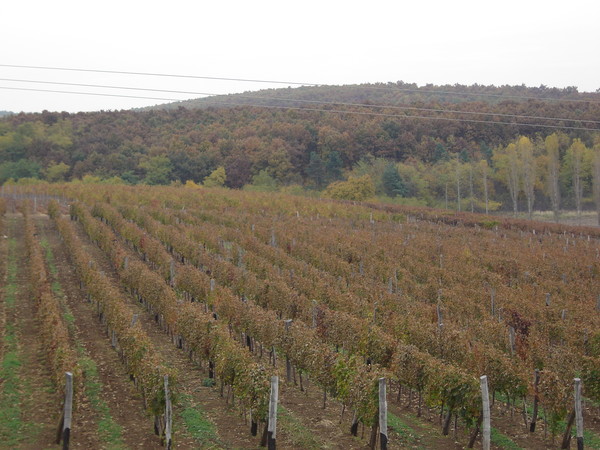
Although this is a fascinating story, there were other reasons behind the epic resistance of István Dobó and his companions. Moreover, almost three centuries passed after the siege of Eger before the first references of a red wine from that area were found, when the Hungarian poet Géza Gárdonyi wrote of the castle defenders’ beards stained with red Eger wine in his 1899 novel Egri Csillagok (Stars of Eger). There is also, however, an earlier mention of a wine named Bikavér made by another esteemed Hungarian poet, János Garay, in his 1846 poem Szekszárdi Borének (The wine song of Szekszárd) in which he praised the goodness of the wine saying that it had a color like “bull’s blood”.
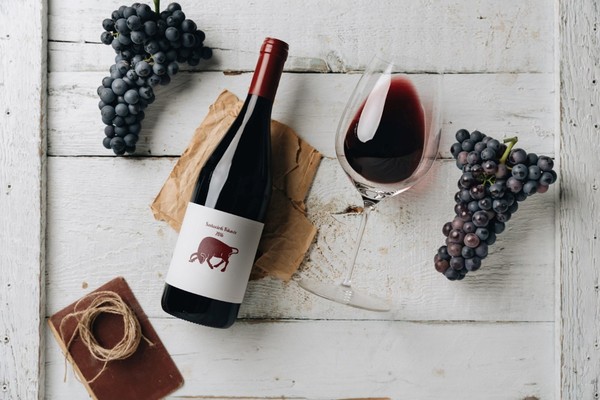
Even today, Egri Bikavér (Bull’s blood of Eger) is made both in the Eger wine region and in that one around the city of Szekszárd in southern Hungary. It is a dry red wine with a ruby red color tending to garnet, made mainly from Blaufrankisch grapes, (Kékfrankos in Hungarian) and to a lesser extent from other grapes such as Kadarka, Kékoportó (Blauer Portugieser), Pinot Noir, Cabernet Sauvignon, Zweigelt and many others.

Egri Bikavér’s complex flavors and aromas present rich, spicy and fruity characteristics, with a high acidity, great minerality, hints of oak, medium tannins. When aging this wine becomes fuller bodied with longer-lasting flavors.

글 | 에밀리아노 펜니지 Emiliano Pennisi
Lecture of the Italian Cultural Institute in Seoul, Sogang University lecturer of Italian language
Wine scholar and expert
He attended sommellier courses in Italy

